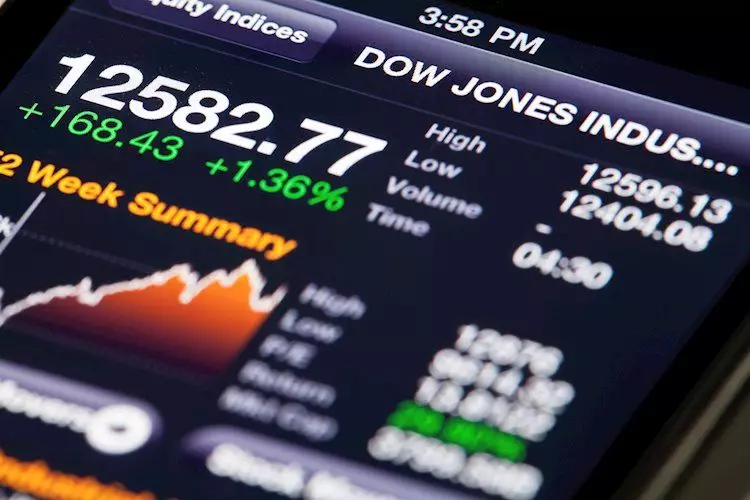In the ever-volatile world of finance, the Dow Jones Industrial Average’s decline of seven-tenths of a percent on Friday serves as a stark reminder of the factors influencing stock performance. After experiencing a surge fueled by the aftermath of recent elections, investors appear to be recalibrating their expectations. Political shifts often spur initial optimism, leading to a spike in stock values as traders anticipate changes in policy and economic landscapes. However, as reality sets in following the fervor of election nights, these gains can quickly diminish, reflecting a more cautious approach among investors.
Compounding the market’s uncertainty is the latest report on US retail sales, which outperformed forecasts yet indicated a modest growth trajectory for October. On the surface, this may seem like positive news; after all, increased consumer spending is typically a harbinger of economic health. However, the reality of slower-than-expected growth rates raises a crucial question: Is the consumer confidence truly robust, or is it merely fragile in light of ongoing economic pressures? In releasing these figures, experts and analysts must grapple with the dichotomy of rising sales juxtaposed with the sobering acknowledgment that growth is not occurring at the anticipated pace.
The interplay between political events and economic indicators drastically shapes investor sentiment. The sharp pullback in stock prices may reflect a broader apprehension regarding the sustainability of growth, particularly in light of the retail sales figures. Traders in the market are often acutely aware of the ripple effects that such indicators can have on various sectors. The uncertainty surrounding consumer spending, alongside fluctuating stock prices, suggests that a combination of both macroeconomic factors and investor psychology will play a crucial role in the weeks ahead.
Looking forward, market participants will need to stay attuned to several key indicators. The outcomes of further economic reports, the trajectory of retail sales, and the effects of fiscal policies stemming from election outcomes will all be pivotal in determining market direction. Moreover, the discourse surrounding inflation and interest rates continues to loom large over the financial landscape, as these elements can either contribute to or hinder economic recovery.
Navigating the intricate web of current market dynamics requires a discerning eye and a proactive approach. While initial reactions to political shifts may incite temporary booms in stock values, the complex realities of economic indicators, like retail sales growth, require careful analysis. As investors sift through the noise of market fluctuations, understanding these connections will be crucial in making informed decisions that look beyond immediate gains.

